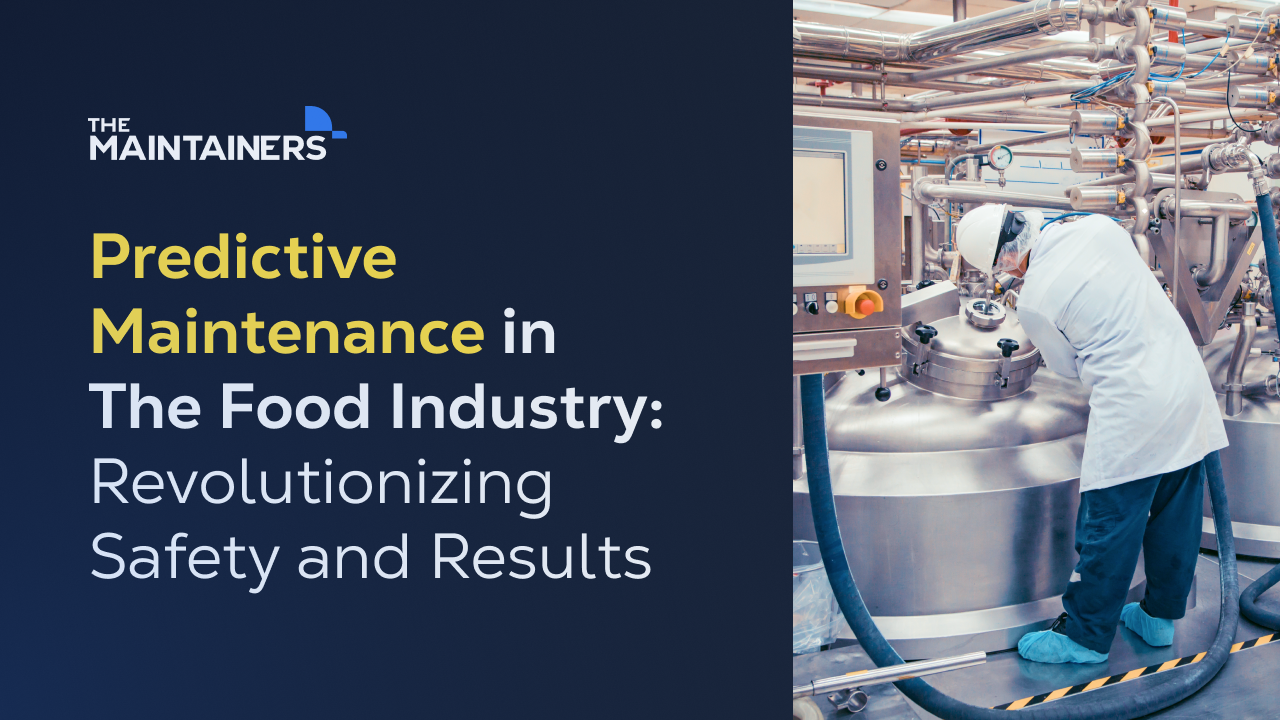Category: Predictive Maintenance
-

Predictive Maintenance: The Game Changer in Food Industry Operations
What if the key to revolutionizing food industry operations lies in predicting the future of equipment health? That’s where predictive maintenance in the food industry comes in handy. This is a strategy increasingly vital in the food sector, bridging maintenance with food safety, efficiency, and sustainability. The approach marks a significant shift from the reactive…
-

Availability And Its Impact On Your Maintenance
Availability is often used interchangeable with Reliability, however these are two very different maintenance metrics. Read more to see how they differ, and why Availability is vital to know.
-

Fault Tree Analysis Explained: Paving the Way for Reliability Mastery
A fault tree analysis, or FTA, provides a method of breaking down these chains of failures, with a key addition for identifying combinations of faults that cause other faults. This type of analysis provides maintenance team members a visual representation of how a problem occurred and the potential pathways that led to the main failure…
-

How to Leverage Predictive Maintenance to Reach Sustainability Goals
As sustainability and environmental stewardship become more prevalent in our day-to-day, industries worldwide are striving to achieve net-zero emissions. Central to this effort is the adoption of innovative technologies and practices that reduce energy consumption and minimize environmental impact through decarbonization. In recent years, technology has progressed enough to develop tools and strategies that optimize…
-

Why You Should Know Your Planned Maintenance Percentage
Planned maintenance percentage is effectively the amount of time used towards planned maintenance task (as opposed to unplanned). It is a key metric that allows maintenance managers to get a better overview of where their time is going, and how reliable and effective their maintenance processes are.
-

Navigating the Fine Line Between Maintenance and Repairs
In the world of manufacturing, understanding the nuanced difference between maintenance and repairs is important for seamless operations. Knowing the difference between the two seemingly similar terms can make all the difference in effective asset management, cost control, and operational efficiency in any industry. It enables organizations to adopt a proactive approach to maintenance, which…
-

Unlocking Total Reliability: How the Internet of Things is Revolutionizing Industries
What is the Internet of Things? The Internet of Things (IoT) represents a transformative force in the digital landscape, heralding a new era of interconnectedness and automation. At its core, IoT is a network of physical devices, vehicles, buildings, and even everyday objects, all equipped with sensors, software, and connectivity capabilities. These components work in…
-

The Cost of Downtime: What’s the Impact on Your Bottom Line
How much is downtime costing you? Every second an asset isn’t running costs thousands of dollars, and can have significant indirect impacts. Read more to see how predictive maintenance tools can reduce the cost of downtime.
-

Understanding Six Failure Patterns for Increased Reliability
Age reliability patterns, also known as failure patterns, refer to the trends and behaviors of a system’s reliability and probability of failing as it ages over time. These patterns are crucial in reliability engineering for assessing the performance and lifespan of products, components, or systems. In the 1970s, F. Stanley Nowlan and Howard F. Heap…
-

How Lean Manufacturing Can Optimize Your Maintenance
Some of the most successful companies in the world, including Toyota, Nike, and General Electric, use lean manufacturing principles. By implementing lean manufacturing principles into your maintenance and reliability operations, you can develop a more streamlined and efficient process.
-

Why Investing in an EAM is the Best Method for Improving Reliability
Companies in every industry from manufacturing to food and beverage (and everything in between) face unique challenges based on the machinery and assets they use and the products they produce. Regardless of industry, optimal machine health and functionality are crucial factors in achieving high reliability and availability rates, which in turn ensures successful operations. Whether…